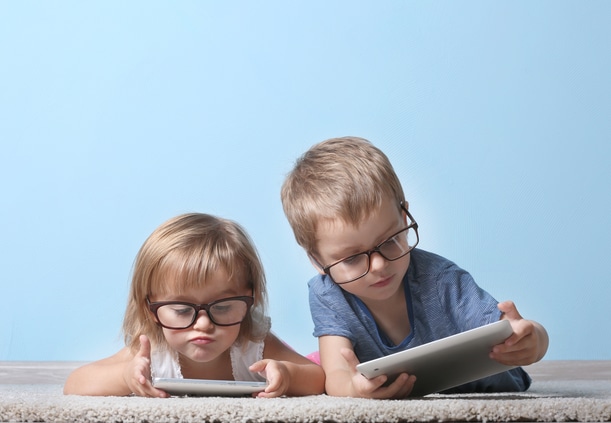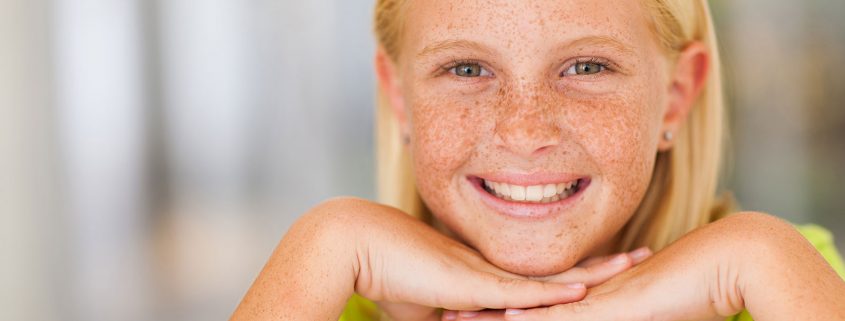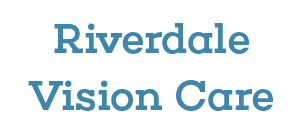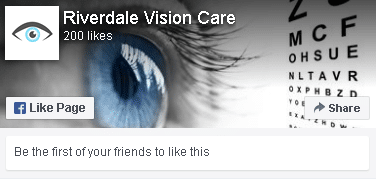Is Your Child’s Vision Getting Worse?

Genetics plays a huge role in determining the amount of myopia a child will have, as well as their environment. Research shows that if one parent is nearsighted, then the child has two times the risk for developing myopia and if both parents are nearsighted, then the child has five times the risk. It has also been shown that strain put on the visual system from doing a lot of close work such as extensive reading or computer use can also cause myopia to worsen. Because of this, researchers suggest kids should spend more time outside and reduce time spent on computers, cell phones, and digital devices.
Because myopia has become an epidemic, a lot of research and studies are being done for myopia control. Slowing down the progression of myopia can be achieved by atropine therapy, multifocal contact lenses and Orthokeratology.
The most effective treatment option to control myopia is by Orthokeratology, or Ortho-K. Ortho-K is a non-surgical procedure that utilizes carefully designed rigid oxygen permeable contact lens that gently shapes the front of the eye, called the cornea, while sleeping. This corneal reshaping technology can reduce myopia and certain types of astigmatism. Extensive corneal mapping is performed to determine if someone is a good candidate for this treatment. The benefit of corneal reshaping technology is to reduce the need for glasses or contacts during the day and to help slow down the progression of myopia. The Ortho-K lenses are worn during sleep for at least 8 hours per night, gradually flattening the cornea thereby improving vision. They are removed in the morning and the effect of clear vision lasts throughout the day. This treatment option is recommended for kids as young as six up to their teens. This is the time period where a child’s prescription changes the most. Risks of infection are low, similar to soft contact lens worn with similar wearing schedules.
During your exam at Riverdale Vision Care, we not only prescribe and treat based upon your current visual needs, but we take a deeper approach and recommend treatment options that may reduce your risks for eye diseases in the future. Myopia control is so important since we’ve been seeing an increase in myopia due to more and more time in front of computer screens for personal and school use and less and less time playing outdoors. If you are concerned about your child’s vision and would like to learn more about Orthokeratology, please schedule an appointment by calling (973) 248-0060 or visit riverdalevisioncare.com. Your child’s future vision is in your hands.






Leave a Reply
Want to join the discussion?Feel free to contribute!